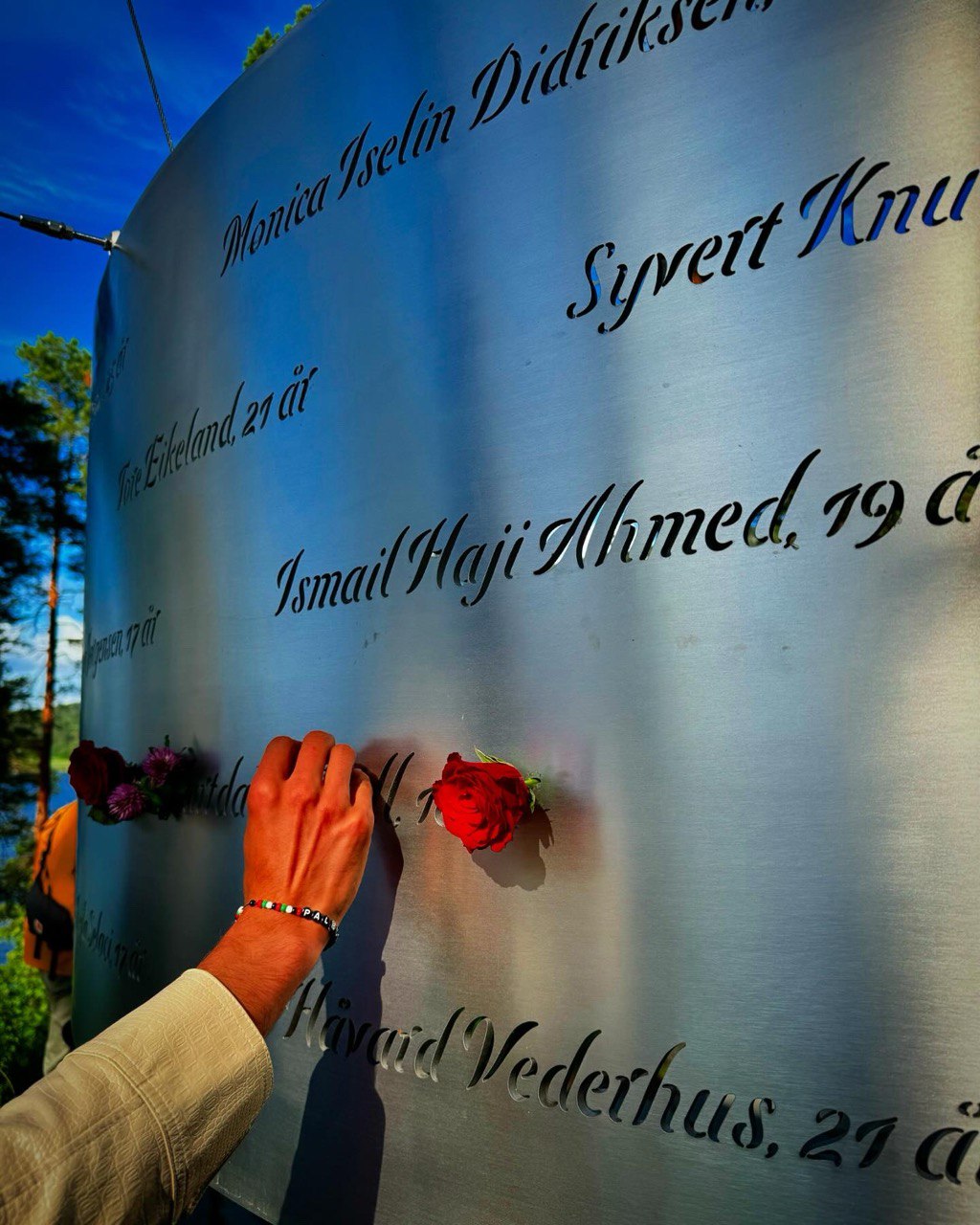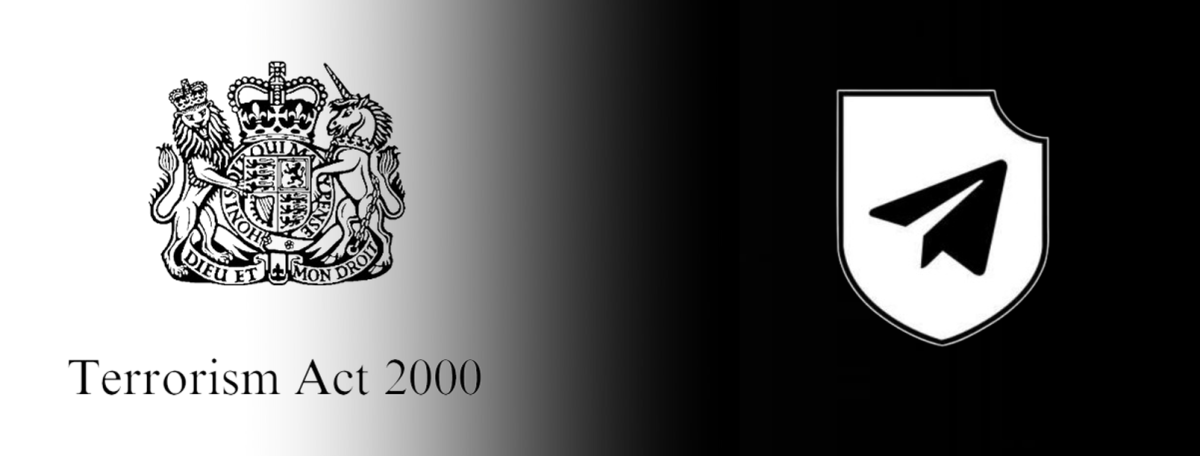In discussions about preventing extremism, there is a recurring debate between focusing on security measures and providing support. On one side, security agencies like the police intervene to stop criminal activities and prevent potential attacks by arresting offenders for example. On the other side, civil society organizations are rather concerned with the well-being of individuals and aim to promote paths that steer away from extremism. While it is difficult to fully entangle social and security concerns, navigating this balance presents challenges for both prevention strategies and their public perception. Trust in civil society initiatives can be undermined if people fear their information might be shared with the authorities. Discussions often center on different aspects of the tension between security and support at political, organizational, or practitioner level. Although, the tensions become manifest on all these levels, the negotiations taking place do differ. However, the extent to which these levels differ has been addressed much less to date. What is debated politically does not always translate directly to how prevention work is carried out on the ground. This can be attributed to the discretion practitioners have, highlighting not only mentioned top-down influence of policies but also the importance of bottom-up processes.
Starting at the macro level, the focus lies on the direction of policies to prevent extremism. In this regard, the securitization of preventing and countering violent extremism (P/CVE) is often discussed (Baker-Beall et al., 2014; Ragazzi, 2017; Sivenbring & Malmros, 2019; Walkenhorst & Ruf, 2018). “While social and security policies have always overlapped in complex ways, recent developments in counter-terrorism policy suggest that Western European states […] are accelerating what can be termed the “securitization of social policy” – namely the increased submission of social policy actors and their practices to the logics of security and social control” (Ragazzi, 2017, p. 1). Notions of securitization within P/CVE discussions often imply a link between policy discourse and professional practices, potentially resulting in efforts being perceived as subordinate to societal security concerns. This suggested link will be explored further in the following.
In addressing radicalization as a complex phenomenon, there is often a request for the involvement of various actors (Christensen et al., 2023). Thus, at the meso level, different institutions are engaged in extremism prevention to varying degrees across many countries. These institutions are distinguished by references to hard and soft approaches, security and non-security actors, as well as societal security and support logics (Christensen et al., 2023; Hardy, 2023; Ragazzi & de Jongh, 2019). Typically, institutions associated with prevention efforts are ascribed to either the ‘support’ or the ‘security logic’ paradigms (Malmros & Sivenbring, 2023; Sivenbring & Malmros, 2019). These logics describe how respective actors engage in preventing extremism. Civil-society actors such as teachers, social workers, and youth workers commonly provide support to foster the well-being or emancipation of individuals. Police and security agencies on the other hand are concerned with the security and safety of citizens and thus aim at stopping criminal behavior via prosecution.
Despite the differences of these actors, they have also shared responsibilities in some regards. To which degree this is established is however very much country dependent. For example, collaboration between state actors and civil society has been more popular in the Nordic countries. These cases have shown that multiagency collaborations require cross-professional trust as well as convergence of approaches and logics to some extent (Gøtzsche-Astrup et al., 2023). Such cooperation has been associated with ambivalences in the self-understanding and role clarity of practitioners raising “ethical and professional dilemmas, especially regarding work transparency and client confidentiality, indicating an outside influence of security onto prevention work” (Haugstvedt & Tuastad, 2023, p. 677). The effects are not limited to the practitioners themselves, but also have consequences for the impact on (potential) target groups, which may put trust at stake (s. also Ragazzi & de Jongh, 2019).
Despite the relevance of these logics in delineating different approaches, the theory of street-level bureaucracy emphasizes the significance of practitioners in shaping prevention practice (Lipsky, 2010). Understanding how institutional logics influence individual actions remains a subject of interest, particularly in P/CVE implementation. It is commonly assumed that institutional logics provide a normative reference that guides social behavior in specific social contexts (Sivenbring & Malmros, 2019, p. 38). However, professionals have also been able to find common ground in multi-agency collaborations. Although concerns about securitization of P/CVE have often been voiced at the political level, multi-agency cooperation in the Nordic countries has shown a shared recognition of supportive approaches (Figlestahler & Schau, 2020; Gøtzsche-Astrup et al., 2023). The dominance of societal security matters in many policy texts may therefore not be directly reflected in the actions of the corresponding agencies (Thomas, 2017). Nevertheless, the margin of discretion may also be used in a way that contributes to social control and promotes bottom-up securitization processes. In these cases, greater emphasis is placed on control and monitoring in prevention efforts, which tends to result in increased general suspicion of potential threats (Ragazzi & de Jongh, 2019; Walkenhorst & Ruf, 2018).
Nevertheless, discussions around the securitization of extremism prevention work often assume top-down processes of policy implementation. This process implies translations of policies into institutional structures and ultimately into prevention practice. However, taking a closer look at those who implement the programs suggests a space of discretion that may allow to shape prevention to a significant degree highlighting the relevance of bottom-up processes. Thus, although the tensions between security and support are discussed and negotiated in different ways, there are also interactions between the political, organizational and practitioner level. The extent to which such alignments between security and support are balanced and communicated can significantly impact how the public perceives and trusts prevention efforts, ultimately shaping their effect.
Bibliography:
Baker-Beall, C., Heath-Kelly, C., & Jarvis, L. (Eds.). (2014). Counter-Radicalisation: Critical perspectives (1st ed.). Routledge. https://doi.org/10.4324/9781315773094
Christensen, T. W., Lindekilde, L., Sivenbring, J., Bjørgo, T., Magnæs Gjelsvik, I., Solhjell, R., Haugstvedt, H., Malmros, R. A., Kangasniem, M., & Kallio, H. (2023). “Being a Risk” or “Being at Risk”: Factors Shaping Negotiation of Concerns of Radicalization within Multiagency Collaboration in the Nordic Countries. Democracy and Security, 1–24. https://doi.org/10.1080/17419166.2023.2220117
Figlestahler, C., & Schau, K. (2020). Zwischen Kooperation und Grenzziehung – Aushandlungen von Sicherheitsbehörden und Akteur*innen Sozialer Arbeit in der Radikalisierungsprävention. Soziale Passagen, 12(2), 421–439. https://doi.org/10.1007/s12592-020-00356-z
Gøtzsche-Astrup, O., Lindekilde, L., Maria Fjellman, A., Bjørgo, T., Solhjell, R., Haugstvedt, H., Sivenbring, J., Andersson Malmros, R., Kangasniemi, M., Moilanen, T., Magnæs, I., Wilchen Christensen, T., & Mattsson, C. (2023). Trust in interagency collaboration: The role of institutional logics and hybrid professionals. Journal of Professions and Organization, 10(1), 65–79. https://doi.org/10.1093/jpo/joac022
Hardy, K. (2023). Rethinking CVE and public health prevention. In J. Busher, L. Malkki, & S. Marsden, The Routledge Handbook on Radicalisation and Countering Radicalisation (1st ed., pp. 355–368). Routledge. https://doi.org/10.4324/9781003035848-27
Haugstvedt, H., & Tuastad, S. E. (2023). “It Gets a Bit Messy”: Norwegian Social Workers’ Perspectives on Collaboration with Police and Security Service on Cases of Radicalisation and Violent Extremism. Terrorism and Political Violence, 35(3), 677–693. https://doi.org/10.1080/09546553.2021.1970541
Lipsky, M. (2010). Street-level bureaucracy: Dilemmas of the individual in public services (30th anniversary expanded ed). Russell Sage Foundation.
Malmros, R. A., & Sivenbring, J. (2023). Multi-agency approaches to countering radicalisation. In J. Busher, L. Malkki, & S. Marsden, The Routledge Handbook on Radicalisation and Countering Radicalisation (1st ed., pp. 369–383). Routledge. https://doi.org/10.4324/9781003035848-28
Ragazzi, F. (2017). Countering terrorism and radicalisation: Securitising social policy? Critical Social Policy, 37(2), 163–179. https://doi.org/10.1177/0261018316683472
Ragazzi, F., & de Jongh, L.-A. (2019). COUNTERING RADICALIZATION: HIJACKING TRUST? DILEMMAS OF STREET-LEVEL BUREAUCRATS IN THE NETHERLANDS. In RADICALIZATION IN BELGIUM AND THE NETHERLANDS – CRITICAL PERSPECTIVES ON VIOLENCE AND SECURITY (pp. 147–167). I.B. Tauris.
Sivenbring, J., & Malmros, R. A. (2019). Mixing Logics: Multiagency Approaches for Countering Violent Extremism. Gothenburg: the Segerstedt Institute.
Thomas, P. (2017). Changing experiences of responsibilisation and contestation within counter-terrorism policies: The British Prevent experience. Policy & Politics, 45(3), 305–321. https://doi.org/10.1332/030557317X14943145195580
Walkenhorst, D., & Ruf, M. (2018). „Vertrauen ist gut, Kontrolle ist besser “? Sicherheitspolitisches vs. Pädagogisches Handeln in der Extremismusprävention. Von Drachenfels, Magdalena/Philipp Offermann/Carmen Wunderlich, Radikalisierung Und De-Radikalisierung in Deutschland, Eine Gesamtgesellschaftliche Herausforderung, 1, 101–106.










